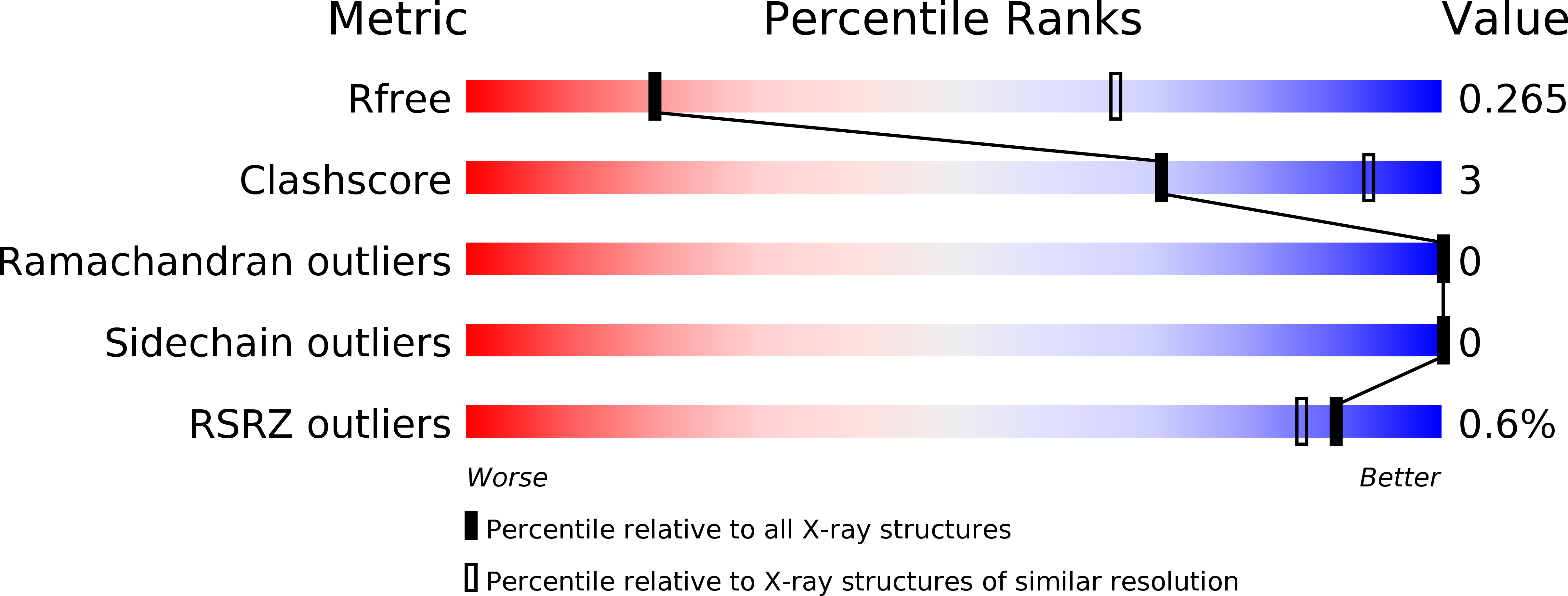
Deposition Date
2019-12-16
Release Date
2020-07-15
Last Version Date
2024-11-13
Entry Detail
PDB ID:
6V9S
Keywords:
Title:
Structure-based development of subtype-selective orexin 1 receptor antagonists
Biological Source:
Source Organism:
Homo sapiens (Taxon ID: 9606)
Pyrococcus abyssi (strain GE5 / Orsay) (Taxon ID: 272844)
Pyrococcus abyssi (strain GE5 / Orsay) (Taxon ID: 272844)
Host Organism:
Method Details:
Experimental Method:
Resolution:
3.50 Å
R-Value Free:
0.27
R-Value Work:
0.23
R-Value Observed:
0.24
Space Group:
P 21 21 21


